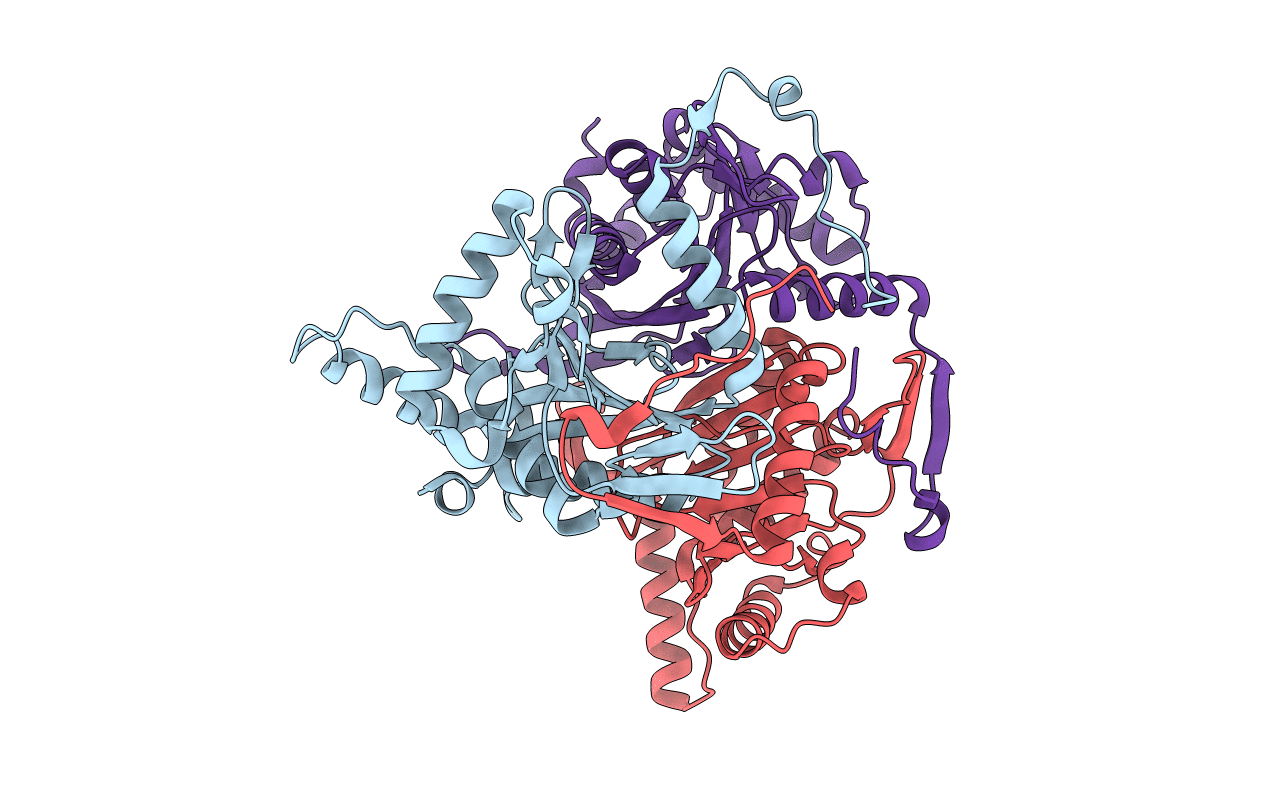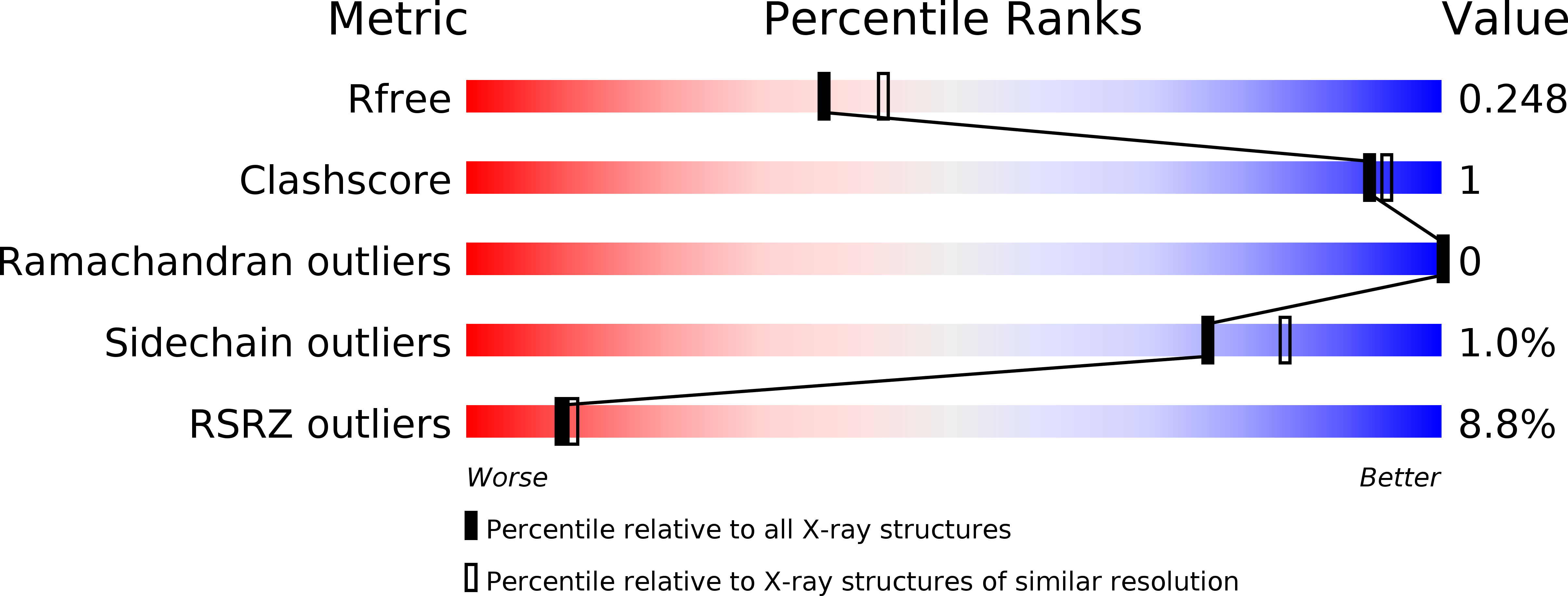
Deposition Date
2013-10-14
Release Date
2014-04-23
Last Version Date
2023-09-20
Entry Detail
PDB ID:
4N72
Keywords:
Title:
Catalytic domain from dihydrolipoamide acetyltransferase of pyruvate dehydrogenase from Escherichia coli
Biological Source:
Source Organism:
Escherichia coli (Taxon ID: 83334)
Host Organism:
Method Details:
Experimental Method:
Resolution:
2.25 Å
R-Value Free:
0.24
R-Value Work:
0.20
R-Value Observed:
0.21
Space Group:
P 21 21 21


